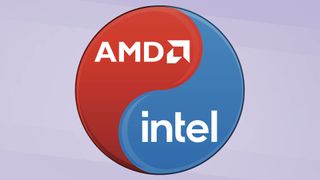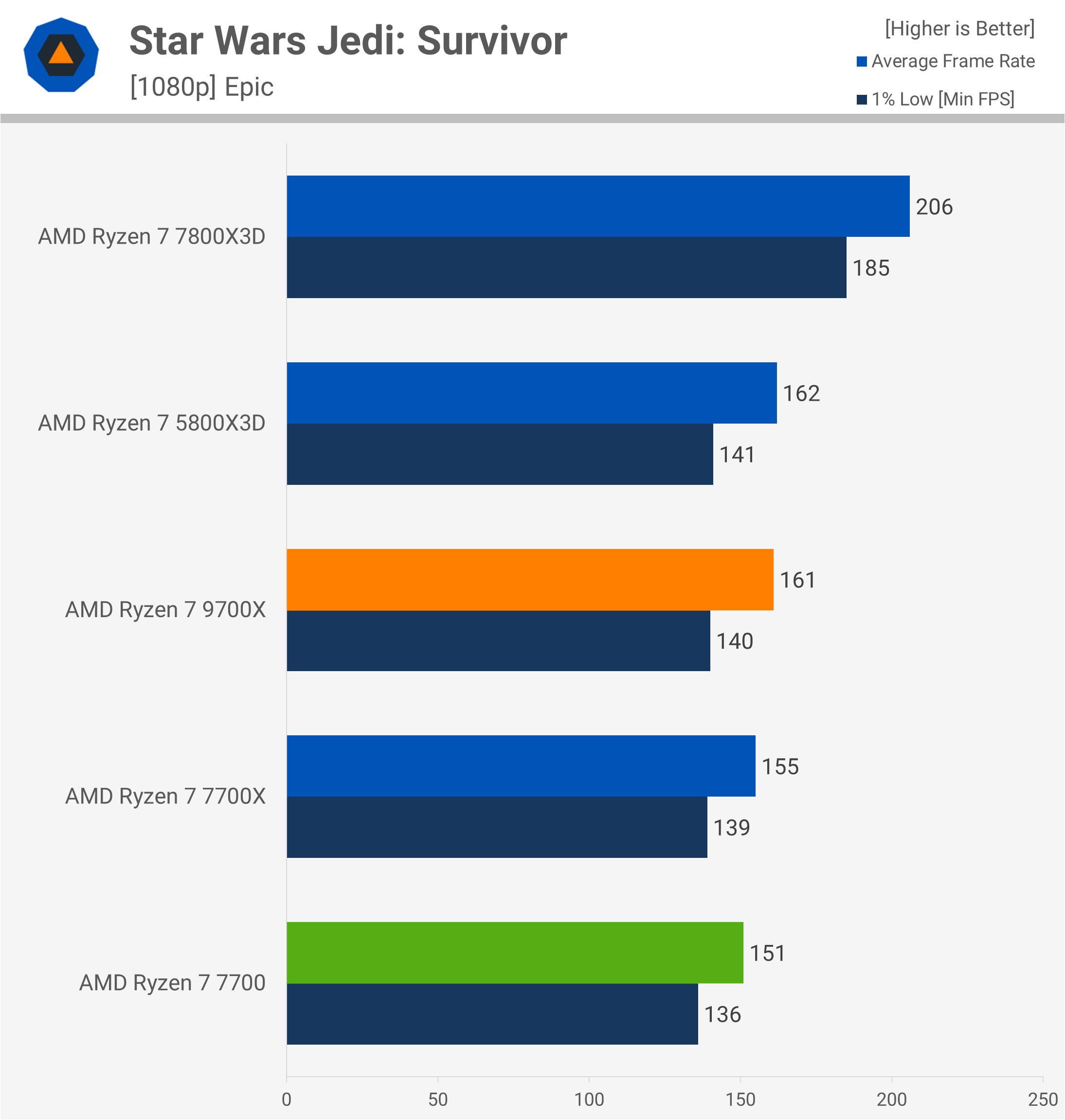In a rare public-facing display of cooperation between two of the industry's fiercest rivals, Intel and AMD jointly announced the formation of a new x86 advisory group to ensure a unified x86 instruction set architecture (ISA) moving forward, an important consideration given both the potential addition of new features and the various x86 simplification efforts already underway.
The companies announced the new x86 ecosystem advisory group at the 2024 OCP Summit. It already has several notable industry software and hardware stalwarts as participants, including Google, Broadcom, Dell, HP, Lenovo, Microsoft, Meta, Oracle, and Red Hat, with more to come in the future.
The 46-year-old x86 is the most prevalent ISA used for general computing for PCs and data centers, and Intel and AMD are the only two primary x86 architecture licensees that build new processors in high volumes, creating a duopoly. Cooperation between the two, with the input of a bevy of customers and end users, will help to build a more unified approach that reduces or even eliminates custom ISA implementations that can be problematic for the duopoly's hardware and software customers. That's becoming even more important as the x86 ecosystem faces intense pressure from Arm in both the consumer and data center markets, not to mention the continuing rise of RISC-V.
The new group intends to standardize at least some of the new additions and alterations to the x86 ISA, which includes several simplification efforts already underway. The alterations and areas of collaboration aren't yet defined, but there are plenty of clear candidates that could be up for discussion.
For instance, AMD has its Supervisor Entry Extensions, which are designed to clear up some of the older cruft in the ISA, while Intel has its Flexible Return and Event Delivery (FRED) code, which has similar goals. Intel has even begun work on X86S, a simplified 64-bit-only implementation designed to strip out even more of the legacy cruft.
While cleaning up is an obvious area of potential collaboration, the x86 ISA is also constantly moving forward with new additions, and here, alignment between Intel and AMD could become even more important. For instance, Intel has recently introduced AMX, a matrix math extension that dramatically boosts performance in AI inference workloads, and AVX10. Both would benefit from more uniform implementations among the vendors. However, there will certainly be even newer and as-yet-unforeseen additions, particularly regarding various extensions that support AI operations.
Before the announcement, we spoke with AMD's Forrest Norrod (EVP and GM of its Data Center Solutions BU), and Intel's Justin Hotard (EVP and GM of the Data Center and AI Group).
"AMD and Intel are excited to come together in this," said Norrod, "and we think it's one of the most significant shifts in the x86 architecture in decades. As Justin said, x86 is the de facto standard. It's a strong ecosystem, but it's one that Intel and AMD have co-developed in a way, but at arm's length. And that has caused some inefficiencies and some drift in portions of the ISA over time."
"When we step back and look at it, we see that it is a de facto open ecosystem. Open ecosystems benefit from having consortiums with stakeholders, all with a voice in driving the ecosystem forward," said Norrod.
However, we shouldn't expect AMD and Intel to back off their competitive instincts. "We're going to remain fierce competitors. You know, Justin and I are friends first, but when we show up to work each day, we are fiercely trying to compete on behalf of our companies and ensure that our customers have compelling choices from each one of our companies. But we can compete even while we're driving industry standards together, and there's a rich history of Intel and AMD doing that," said Norrod.
"I think the other question you might ask is, why now? It's because we're seeing a real shift in the demand for compute. We're at an inflection point. We think it's the right time to enable this new, consistent architecture as a source of innovation for our ecosystem," Hotard added.
"We're looking at new innovations in the architecture, and going forward, we implement them in standard ways, and we think that provides easier adoption for the entire ecosystem, whether they're hardware vendors or software developers," said Hotard. "There have been many different feature requests that we've had for x86; some have been adopted by one of us, and some have been adopted by neither of us. I think the agreement that we will have a consistent approach is foundational, so we have good predictability."
Better collaboration and standardization will also benefit security-related features. Intel and AMD already collaborate on multiple axes behind the scenes, and standards such as PCIe, ACPI, and USB, among others, result from intense collaborative efforts across the industry. Naturally, coming to some collaborative decisions about the future of x86 could become contentious between the two rivals, but Norrod cites the presence of other companies and customers in the group as a guiding force that will help keep the companies headed in the right direction.
Via Technologies is also another x86 licensee, but the company's status in the group is unknown for now. Intel purchased much of the company's assets, though Via does retain the right to make x86 processors. I asked Intel and AMD about the matter. Representatives said Via is free to join the group, but they will also follow up with more details.
AMD and Intel intend to chart a new course together for x86 to ensure compatibility and consistency. However, given the long design cycles for modern processors, we shouldn't expect to see the impact of the new x86 advisory group for at least a year, if not longer. For now, neither company is willing to commit to specifics, but we're sure that will change in the coming months.

 2 days ago
5
2 days ago
5






:quality(85):upscale()/2024/10/17/848/n/1922729/9dece426671163b35dcb11.60305022_.jpg)


 English (US) ·
English (US) ·